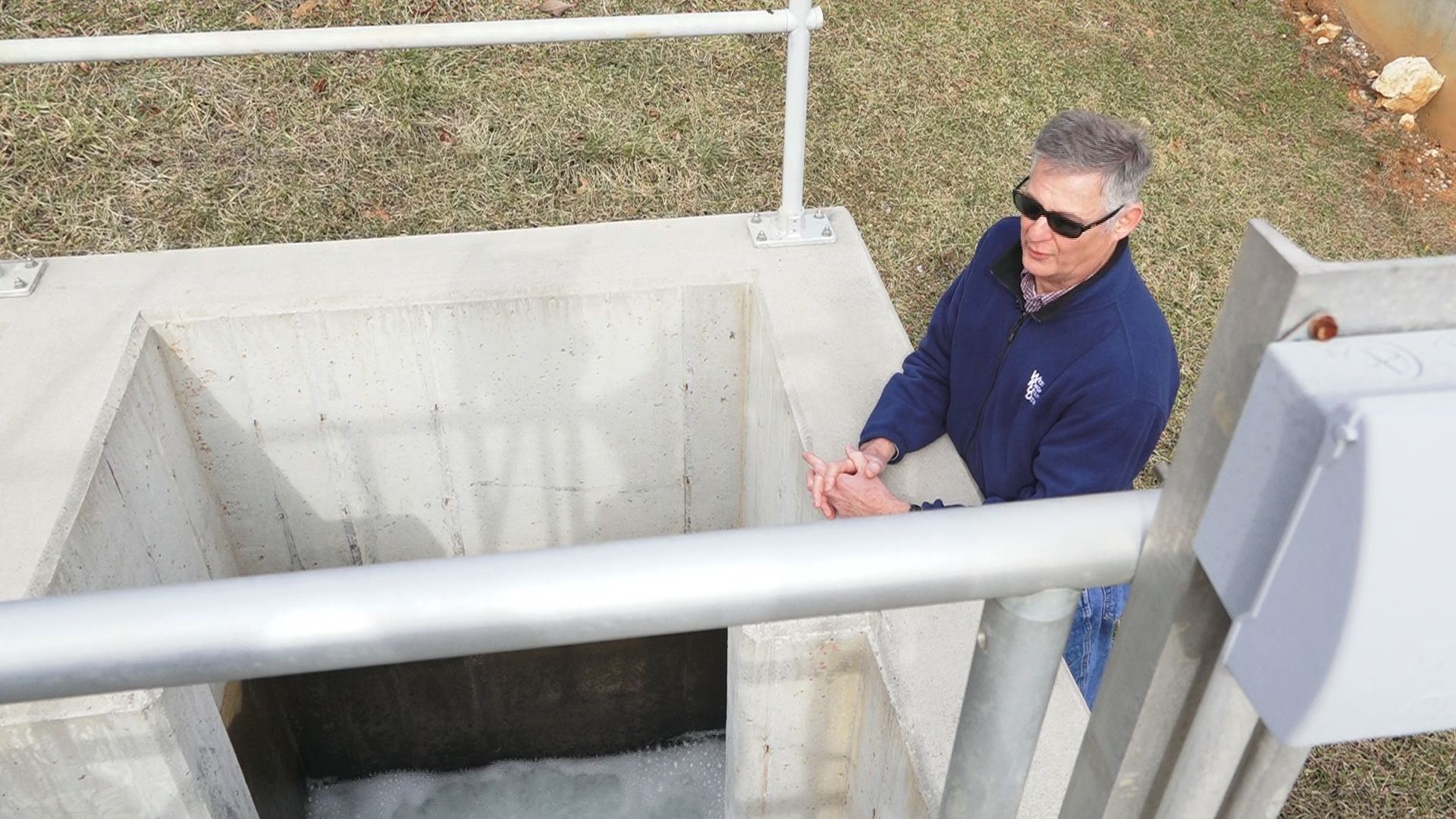Several East Tennessee utility districts violated federal drinking water standards in 2017, according to state regulators.
All involve elevated levels of haloacetic acids (HAA5), a byproduct of water sanitization.
The U.S. Environmental Protection Agency allows for 60 parts per million of HAA5 in drinking water, or .060 mg/L.
The following districts tested positive at some point in 2017 for elevated levels of haloacetic acids (HAA5), a byproduct of water sanitization:
- Hamblen County’s Witt Utility District – 3 tests (.0708, .066, .069)
- Oneida Water in Scott County – 3 tests (.0652, .064, .061)
- Rockwood Water, Sewer and Gas in Roane County – 1 test (.064)
- West Knox Utility District in Knox County – 1 test (.062)
- Alcoa Water System in Blount County – 1 test (.061)
“Regarding halo acetic acids (referred to as HAA5): HAA5 is not a naturally occurring substance, but is a group of disinfection byproducts which are formed from a reaction with chlorine, and naturally occurring organic compounds in water,” said Kim Schofinski, deputy communications director for the Tennessee Dept. of Environment and Conservation. “Chlorine, a disinfectant, is introduced into water systems to address microbial pathogens and protect public health.”
Drexel Heidel, general manager for West Knox Utilities, said HAA5 is a byproduct of chlorine added at the beginning of the treatment process to control taste and odor.

Over time, after the water leaves the plant, haloacetic acids can form, Heidel said.
“The state notified us we were in violation, and at that point our staff came together, and we started to devise an action plan to bring us back into compliance,” Heidel said.
West Knox plans to reduce the chlorine added at the beginning of the process, he said, to limit the HAA5 levels in the end product. He said the slightly elevated levels do not concern him from a health standpoint – his family still drinks the water.
That said, they worked to bring the levels back in line quickly.
“We take all of the drinking water standards we’re required to meet – federal, state and local – we take all those very seriously,” he said.

Ronnie Duncan, plant operator for the Oneida Water Department, said their latest sample showed them in compliance. Oneida brought in an outside consultant, and upgraded the plant to reduce levels.
“We’ve started doing a more extensive and regular flushing program,” he said.
Terry Harris, manager of the Witt Utility District, said they’ve also reduced bleach use. Five outside monitors now found them to be in compliance, he said.
“We treat the water and we take it very seriously,” he said. “My kids drink it, my family drinks it.”
Rockwood and Alcoa also told 10News they believe to now be within the allowed levels.
Across Tennessee, 23 utility districts tested above allowed levels at least once in 2017. State regulators test on a quarterly basis.
Tennessee has 499 public water systems that monitor for HAA5, Schofinski said. The 23 in violation represents less than 5 percent of the state, she added.

